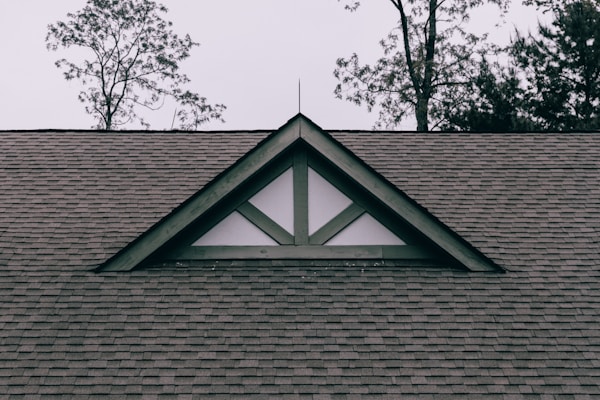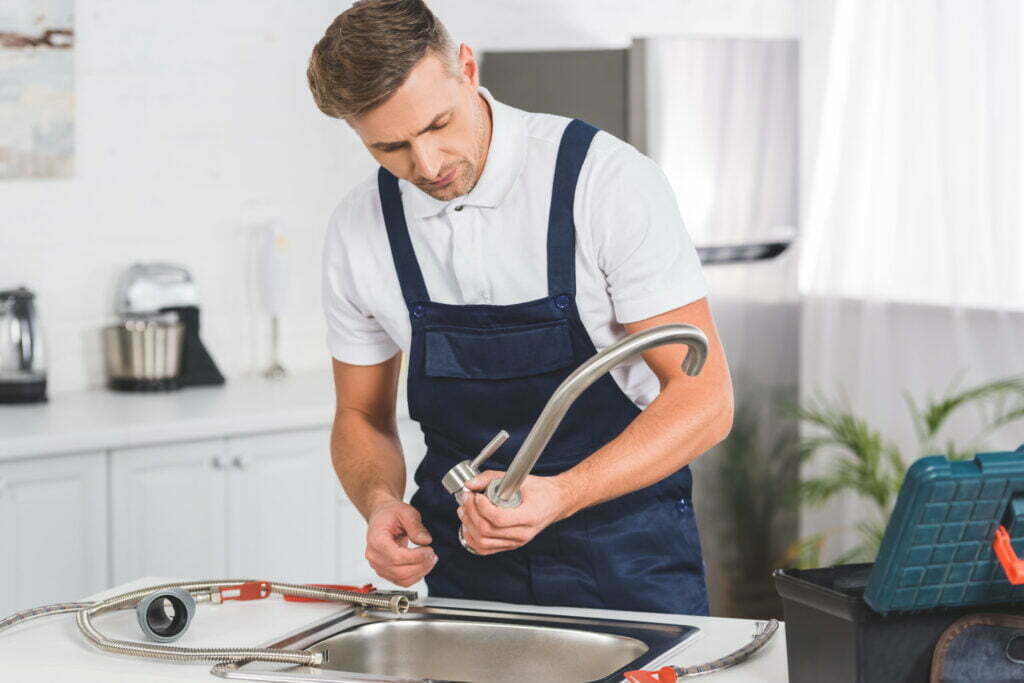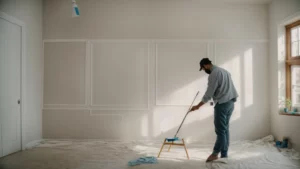As a homeowner, it’s not uncommon to let minor home repairs accumulate over time, though it is usually a mistake to do so. It’s easy to put off repairing a dripping faucet, a leaky roof, or a crack in your home’s foundation until it becomes a major issue. However, neglecting these issues can result in significant damage to your property and potentially dangerous situations for you and your family. Prioritizing home repairs is essential to maintaining the safety and value of your home. Still, many homeowners find themselves overwhelmed and don’t know what to do or where to start. If you’re in need of some advice, keep reading for a basic guide to making home repairs.
What do you need to know about making home repairs?

Knowing which repairs are the most time-sensitive is critical, and one type of repair that should never be delayed is roof repair. The longer you delay roof repairs, the more severe the damage becomes. Any leaks, cracks, or other damages can easily worsen and lead to bigger problems such as mold growth, water damage, and structural damage. You can talk to a roofing company, like Instant Roofer, and have them inspect your roof to see if there is any damage that would necessitate repair. In some severe cases, you may find that you need a roof replacement.
When it comes to making home repairs, you should try to upgrade any fixtures that need to be replaced for improved functionality and style. This simple but powerful change can have a lasting impact on both the look and feel of your home. By upgrading outdated or damaged fixtures, you’ll be able to save time, money, and energy in the long run by ensuring that everything functions as it should. Additionally, updating your fixtures gives you an opportunity to customize your space with fresh designs that reflect your personal taste, elevating your home’s aesthetic appeal.
Remember, you need to use quality lumber and building products for any repairs you do to your home. Not only will it make the repairs look better, but it will also ensure the safety and durability of your home. Quality lumber products offer better resistance to weather, insects, and general wear and tear. Low-quality products, on the other hand, may look good at first, but they can quickly deteriorate.
How else can you improve your home?

After you repair any problems, you can start thinking about home upgrades and improvements. Improving your home is a fantastic way to make it more livable, stylish, and valuable. There are countless ways to enhance your home, regardless of your budget, from interior and exterior improvements to smart-home enhancements. One of the simplest ways to improve your home’s appearance is to give it a fresh coat of paint. A new coat of paint can do wonders for a room, creating a warmer, more inviting atmosphere, and adding to its appeal.
Another way to update your home is to upgrade to energy-efficient appliances and lighting fixtures. These upgrades can save you hundreds of dollars on energy bills every year while also reducing your carbon footprint. Installing new windows and doors can also make your home more energy-efficient, maintaining your ideal temperature and reducing noise levels in your home. Sustainability is a major trend in home design, in large part because it can minimize your negative impact on the environment without having to sacrifice comfort or style.
While it can be tempting to put off home repairs and renovations in favor of other expenses, you should always be proactive about dealing with any issues that arise. In addition to avoiding larger, more costly repairs, prioritizing home maintenance can enable you to maintain the value of your home. Ongoing upkeep and improvements can increase your home’s resale value, which is critical if you plan to sell your home in the future. You should also do what you can to make your home a healthier and more pleasant place to spend time. If you follow the advice in this article, you’ll be able to keep your home in excellent condition for years to come.












